Dr Priti Swarup
When it comes to murals, one of the most ancient and traditional painting styles that is often found in the temples of South Indian state of Kerala, patience is key apart from the mastery of mixing colours and devotion.
Arathi Sreekumar, an Oman based Indian artist, who recently took up mural painting, says it is an extremely fulfilling experience to see those colours come to life on the canvas once an artwork is completed.
She has always relished the pleasures of painting since her childhood. “I remember participating in competitions and being felicitated for performing well in them which mainly consisted of nature, landscape and flowers. The bright colours on the palette were a constant companion on canvases and fabrics,” Arathi recollects.
Appreciations and encouragement, especially from her mother, fascinated her to paint her work on sarees (traditional women attire), which her mother used to proudly wear, multiplying her joy.
With careful observation, she realised that mural painting is far more complex and intricate than anything she had attempted before. So, she delved deeper into understanding the techniques required to build this art form, before moving on to canvas.
It is indeed astonishing to absorb the fact that how thousands of years ago the dyes were prepared from natural ingredients like laterite stone, vegetables, turmeric, indigo powder, limestone and coal residue to get shades of ochre, crimson, Prussian blues, yellow, black & white, which also happen to be the main colours used in Mural art.
The first step involves free hand pencil sketching which is quite laborious and requires her to follow the correct measurements and proportions of figures, ornaments and costumes that have been passed down from ages, by the ancestral artist gurus/teachers.
Arathi emphasises on the importance of fine quality thin brushes (going upto triple-zero size) to achieve the right mix of colours, stroke after stroke. And you bet, it is a matter of immense satisfaction to get those perfect hues and shades that are found on the actual mural work of Kerala temples.
Arathi has been doing murals on canvases of different sizes from 30 X 40 cms and above in acrylic paints. Since the first step of creating steady handed outlines requires a great amount of detailing and excellent eye-hand coordination, at times it takes months to create one piece, she says. She is currently working on a Sakhyamuni Buddha inspired from the Tibetan Thangka paintings. It is an absolute delight to watch her gliding those fine brushes dipped in pure love over the canvas, with meticulous sincerity and dedication, against a backdrop consisting of a range of indoor plants and other mural masterpieces she has created, filling the entire atmosphere with peaceful serenity, one always longs for.
If asked in one line what she wants, she joyfully exclaims “Kerala mural paintings have inspired me to dream. A dream where one day, I see myself painting on the walls of the sanctum sanctorum of a small temple in my hometown in Kerala.”
The author is an HR Expert, columnist & speaker. [email protected]



